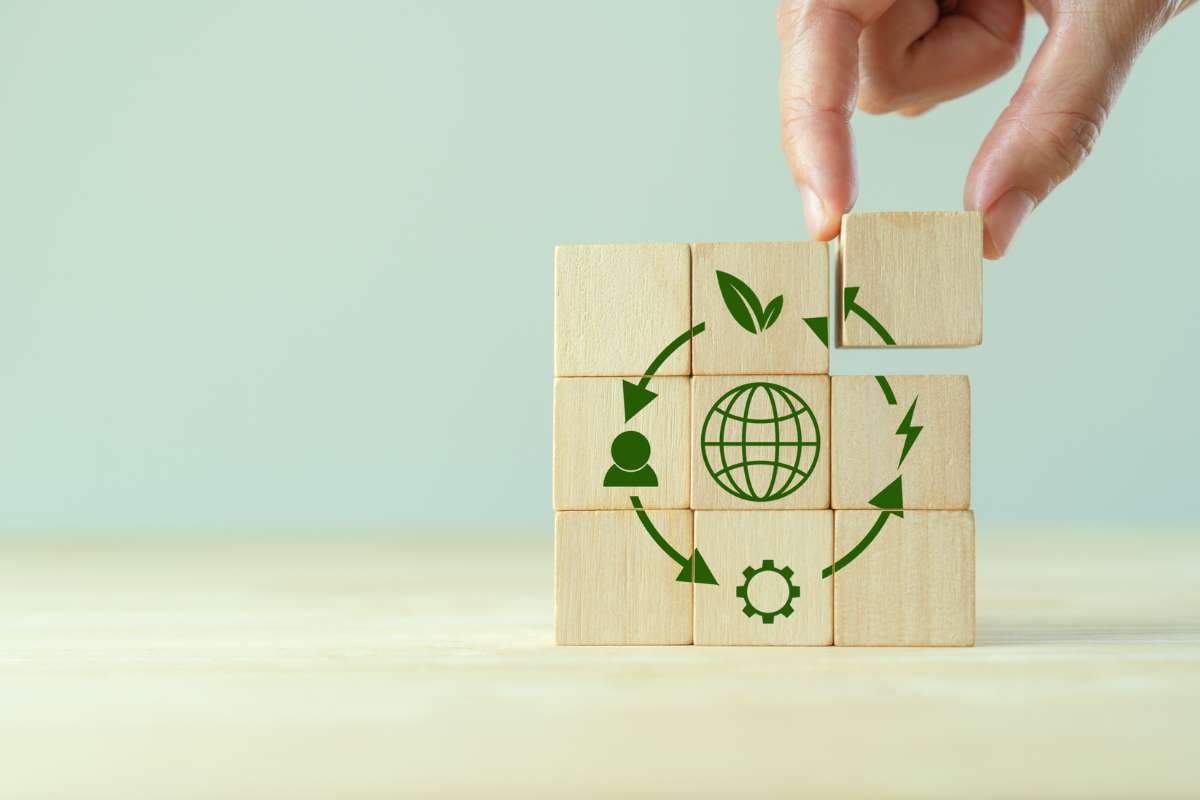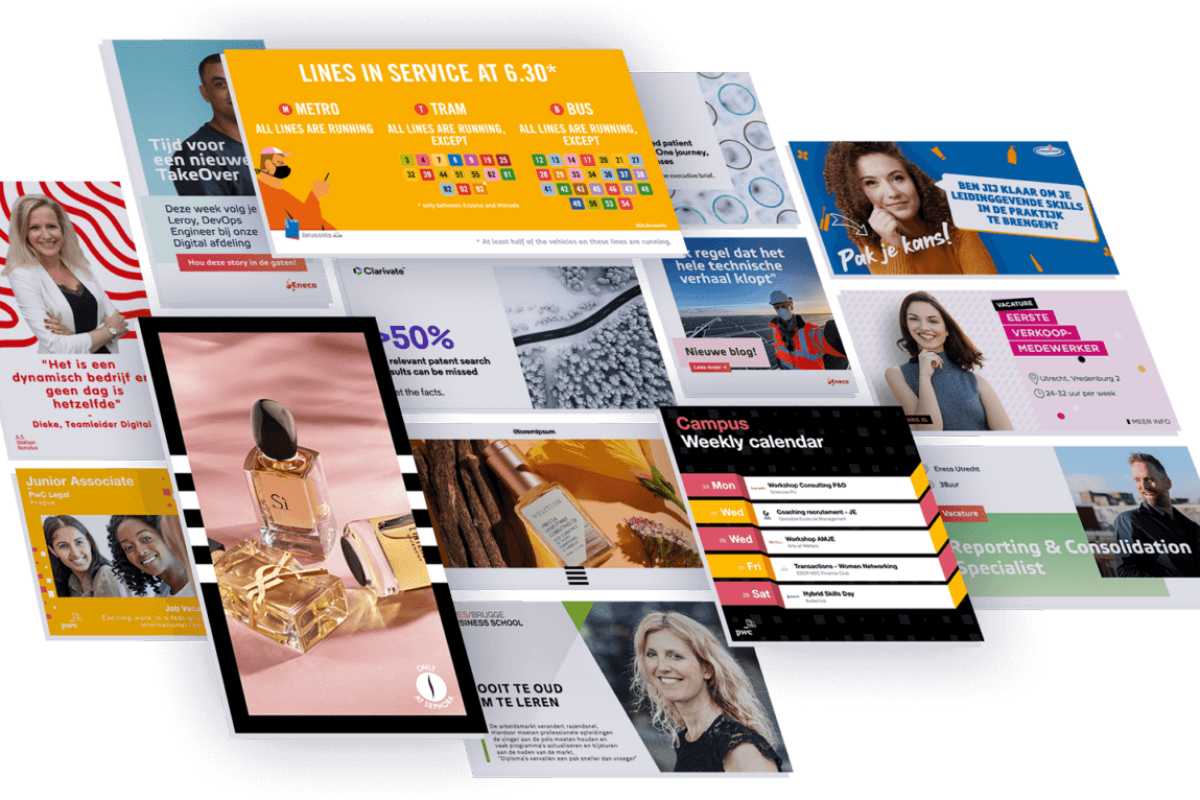In the ever-evolving landscape of business, successful product development is key to staying competitive and meeting customer needs. The Product Development Process serves as a structured framework for transforming ideas into tangible products or services that address market demands and drive business growth. In this comprehensive guide, we delve into the intricacies of the Product Development Process, exploring its key stages, best practices, and strategies for success.
Understanding the Product Development Process
The Product Development Process encompasses a series of steps and activities aimed at conceiving, designing, developing, and launching new products or services. It involves cross-functional collaboration between various departments, including research and development, marketing, engineering, design, and manufacturing, to bring innovative ideas to fruition. By following a systematic approach, organizations can minimize risks, optimize resources, and increase the likelihood of success in the market.
Key Stages of the Product Development Process

1. Idea Generation
The first stage of the Product Development Process involves generating ideas for new products or services. This can be achieved through brainstorming sessions, market research, customer feedback, or insights from industry trends and innovations.
2. Concept Development and Screening
Once ideas are generated, they are evaluated and refined to develop viable concepts for further consideration. Concepts are screened based on factors such as market potential, technical feasibility, resource requirements, and alignment with business objectives.
3. Market Research
Market research plays a crucial role in understanding customer needs, preferences, and market dynamics. It involves gathering data on target demographics, competitor offerings, pricing strategies, and market trends to inform product development decisions.
4. Prototype Development
Prototyping is an essential step in the Product Development Process, where preliminary versions of the product are created to test functionality, design, and user experience. Prototypes can range from basic models to fully functional prototypes, depending on the complexity of the product.
5. Testing and Validation
Testing and validation are conducted to ensure that the product meets quality standards, regulatory requirements, and customer expectations. This may involve usability testing, alpha and beta testing, pilot studies, and feedback collection from stakeholders.
6. Product Design and Engineering
Product design and engineering involve translating concepts and prototypes into manufacturable products. This stage includes detailed design, engineering analysis, material selection, and manufacturing process optimization to ensure product reliability, scalability, and cost-effectiveness.
7. Production Planning and Manufacturing
Once the design is finalized, production planning and manufacturing processes are established to mass-produce the product. This includes sourcing raw materials, setting up production facilities, implementing quality control measures, and managing supply chain logistics.
8. Marketing and Launch
Marketing and launch activities are crucial for introducing the product to the market and generating customer interest and demand. This includes developing marketing strategies, creating promotional materials, conducting product launches, and managing distribution channels.
9. Post-Launch Evaluation
After the product is launched, ongoing evaluation and monitoring are conducted to assess its performance, gather customer feedback, and identify areas for improvement. This feedback loop informs future product iterations and enhancements.
Best Practices for Successful Product Development

1. Customer-Centric Approach
Prioritize customer needs and preferences throughout the Product Development Process to create products that resonate with target audiences and address market demands effectively.
2. Cross-Functional Collaboration
Foster collaboration between various departments and stakeholders involved in the Product Development Process, including research and development, marketing, engineering, design, and manufacturing, to leverage diverse expertise and perspectives.
3. Iterative Approach
Embrace an iterative approach to product development, where ideas are tested, refined, and iterated based on feedback from stakeholders and market validation.
4. Agile Methodologies
Adopt agile methodologies and frameworks, such as Scrum or Kanban, to promote flexibility, adaptability, and rapid iteration in the Product Development Process, allowing teams to respond quickly to changing market dynamics and customer needs.
5. Continuous Improvement
Foster a culture of continuous improvement within the organization, where lessons learned from each product development cycle are documented, shared, and applied to future projects to drive innovation and excellence.
Strategies for Overcoming Challenges in Product Development

1. Resource Constraints
Address resource constraints by prioritizing projects, optimizing resource allocation, and leveraging external partnerships or outsourcing for specialized expertise or capacity.
2. Market Uncertainty
Mitigate market uncertainty by conducting thorough market research, gathering customer feedback, and testing product concepts early and iteratively to validate assumptions and reduce risks.
3. Technical Complexity
Manage technical complexity by breaking down projects into manageable tasks, leveraging cross-functional expertise, and conducting thorough feasibility studies and risk assessments.
4. Competitive Pressures
Stay ahead of competitive pressures by continuously monitoring competitor activities, identifying market gaps and opportunities, and differentiating your product through innovation, quality, and value-added features.
5. Regulatory Compliance
Ensure regulatory compliance by staying informed about relevant regulations and standards in your industry, engaging with regulatory agencies early in the development process, and integrating compliance requirements into product design and testing.
Conclusion
In conclusion, the Product Development Process is a strategic framework that guides organizations through the journey of bringing ideas to market. By following a systematic approach, leveraging cross-functional collaboration, and embracing best practices and strategies for success, businesses can overcome challenges, minimize risks, and maximize the chances of delivering innovative products that meet customer needs and drive business growth. In today’s dynamic and competitive business environment, mastering the Product Development Process is essential for staying ahead of the curve and delivering value to customers in the marketplace.
FAQs
1. What is the Product Development Process?
The Product Development Process is a systematic framework used by businesses to conceive, design, develop, and launch new products or services into the market. It involves a series of stages and activities, from idea generation to market launch, aimed at bringing innovative ideas to fruition and meeting customer needs.
2. What are the key stages of the Product Development Process?
The key stages of the Product Development Process typically include idea generation, concept development and screening, market research, prototype development, testing and validation, product design and engineering, production planning and manufacturing, marketing and launch, and post-launch evaluation.
3. Why is the Product Development Process important for businesses?
The Product Development Process is important for businesses because it provides a structured approach to innovation, ensuring that new products or services are developed systematically and meet market demands effectively. By following a defined process, businesses can minimize risks, optimize resources, and increase the likelihood of success in the market.
4. How long does the Product Development Process typically take?
The duration of the Product Development Process can vary depending on factors such as the complexity of the product, regulatory requirements, resource availability, and market conditions. Some products may go through the process in a matter of months, while others may take years to develop and launch.
5. What are some common challenges in the Product Development Process?
Common challenges in the Product Development Process include resource constraints, market uncertainty, technical complexity, competitive pressures, and regulatory compliance. Businesses may encounter obstacles such as limited budget and manpower, changing customer preferences, technological hurdles, intense competition, and an evolving regulatory landscape. However, overcoming these challenges is essential for successful product development and market launch.
Also Read: Crafting Your Leadership Philosophy: A Blueprint for Success


















